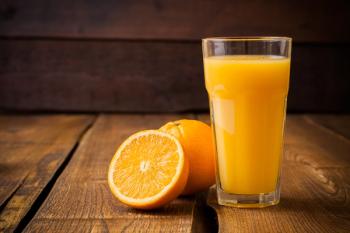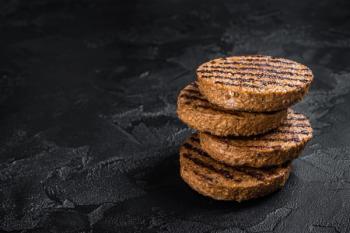
LCGC International spoke to Silvia Valverde and Ana María Ares of this group about their research and the resulting article.

LCGC International spoke to Silvia Valverde and Ana María Ares of this group about their research and the resulting article.

In this column, a fast, simplified procedure for determining simple sugars in fruit juices is described.

The author describes the benefits of using high-capacity sorptive extraction and statistical analysis to detect authenticity markers and combat food fraud in honey samples.

As our knowledge about PFAS in food continues to develop, and regulations evolve, we must continue to refine our analytical methods.

Untargeted GC–MS metabolomics with sample derivatization is shown here to be effective for measuring the chemical profiles of traditional and plant-based meat products.

This method greatly facilitates the analysis of a large number of pesticides.

This method for PFAS analysis in milk and infant formula is robust, reliable, and reproducible, with scope to expand the list of PFAS in the future.

A rapid LC–MS method using ESI coupled with SIM-MS for analysis of humulone and isohumulone content in beer is described.

We examine the rapid growth of green microextraction techniques, such as molecular imprinted polymer solid-phase extraction (MISPE), in the field of food quality and safety, and how this technique is used for bisphenol A (BPA) analysis.

This 7-minute method enables easy analysis of bitter flavors in beer.

The potential of food packaging components to migrate into food is an important health concern. Perfecto Paseiro Losada and his group at the University of Santiago de Compostela, in Spain, have been investigating the migration kinetics and actual migration of such compounds into a variety of types of food. They also have been carrying out studies to estimate dietary exposure. Paseiro recently spoke to LCGC about this work.

Practical examples of how to correct for matrix effects in food testing to obtain reliable quantitative data using LC–MS and GC–MS